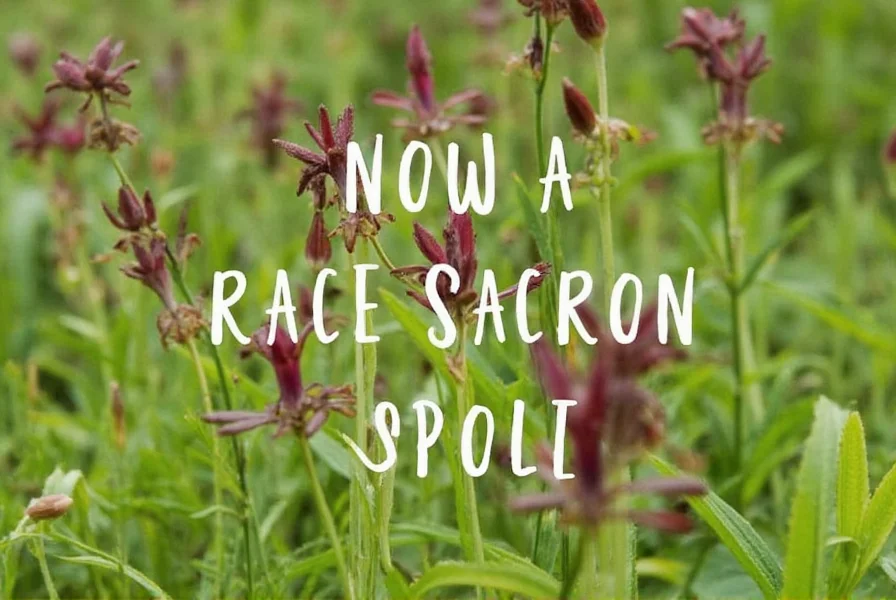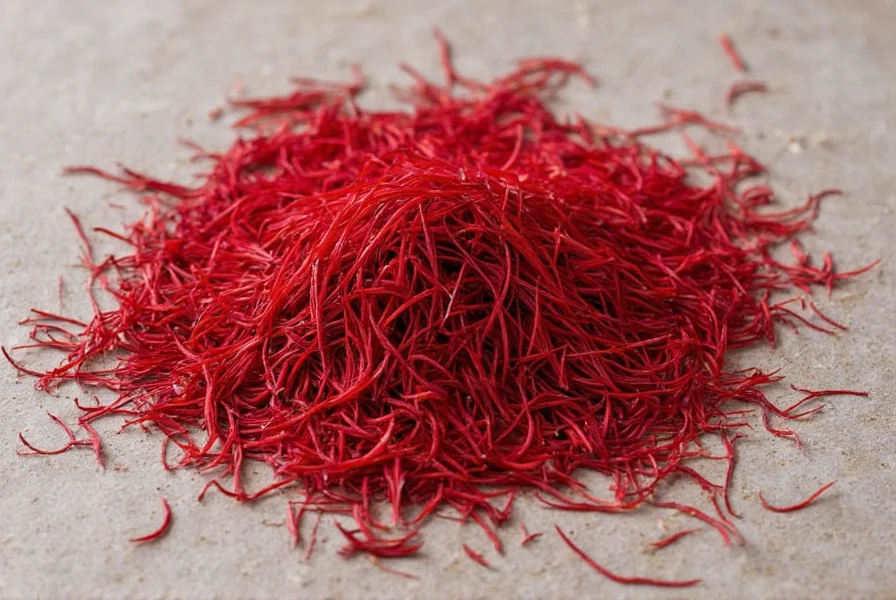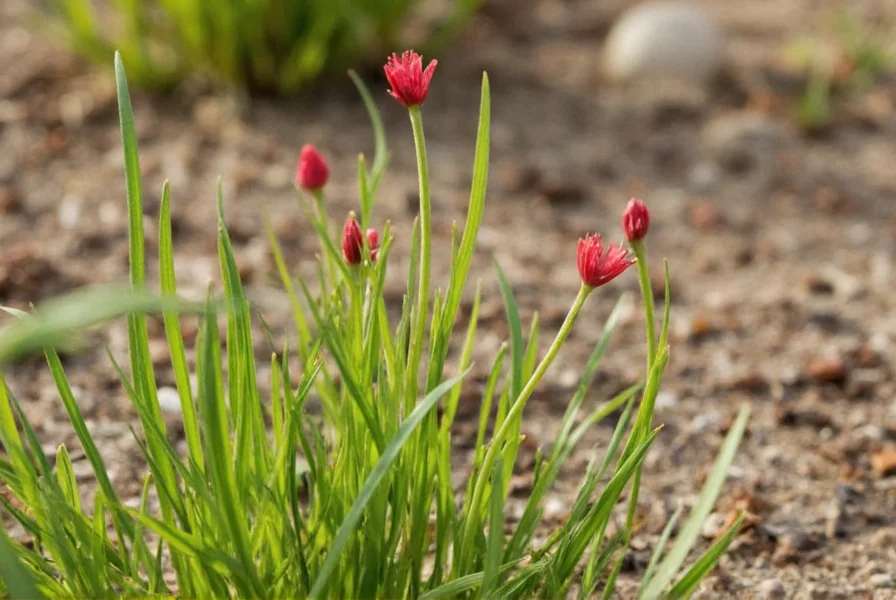Growing your own saffron might seem daunting given its status as the world's most expensive spice, but with proper technique, home cultivation is achievable. Saffron's high value stems from its labor-intensive harvesting process rather than difficulty growing the plants themselves. This comprehensive guide provides everything you need to know about cultivating saffron successfully in your garden or containers.
Understanding Saffron Basics
Saffron comes exclusively from Crocus sativus, a sterile autumn-blooming crocus that doesn't produce viable seeds. The valuable spice consists of the flower's three crimson stigmas, which must be hand-picked and carefully dried. Unlike many spices, saffron isn't grown from seeds but from corms—underground storage organs similar to bulbs.
Before starting your saffron cultivation journey, understand that each saffron crocus flower produces only three threads, and it takes approximately 150 flowers to yield just one gram of dried saffron. This explains why commercial saffron commands such high prices. However, growing even a small patch can provide enough saffron for personal use while offering the satisfaction of harvesting this precious spice yourself.
| Key Saffron Growing Requirements | Details |
|---|---|
| Plant Type | Crocus sativus (autumn-flowering crocus) |
| Hardiness Zones | 6-9 (can grow in zone 5 with heavy mulch) |
| Planting Season | Late summer (August-September) |
| Harvest Season | Autumn (October-November) |
| Yield Expectation | 40,000 flowers per pound of dried saffron |
Preparing to Grow Saffron
Selecting quality corms represents your first critical step in saffron cultivation. Purchase plump, firm corms (at least 2.5cm in diameter) from reputable suppliers specializing in saffron crocus. Larger corms produce more flowers, significantly increasing your potential yield. Avoid corms showing signs of mold, soft spots, or damage.
Saffron crocus thrives in Mediterranean-like conditions with hot, dry summers and cool, wet springs, but adapts well to many climates with proper care. The plants require full sun exposure—at least six hours of direct sunlight daily. While saffron grows best in USDA hardiness zones 6-9, gardeners in colder zones can successfully grow saffron by applying heavy mulch in winter or growing in containers that can be moved indoors during extreme cold.
Soil preparation proves equally important for successful saffron cultivation. The crocus requires exceptionally well-draining soil to prevent corm rot. Amend heavy clay soils with generous amounts of sand, perlite, or pumice. Ideal soil pH ranges between 6.0 and 8.0. Raised beds work exceptionally well for saffron cultivation as they improve drainage and warm the soil faster in spring.

Step-by-Step Planting Guide
Plant saffron corms in late summer, approximately 6-8 weeks before your first expected autumn frost. This timing allows roots to establish before flowering begins. Space corms 4-6 inches apart in all directions, planting them 2-3 inches deep with the pointed end facing upward. In heavier soils, plant slightly shallower; in sandy soils, plant slightly deeper.
Water thoroughly after planting, then allow the soil to dry somewhat between subsequent waterings. During the summer dormancy period before planting, keep corms dry. Once planted, provide moderate moisture as roots develop, but avoid overwatering, which causes corm rot. After the initial planting irrigation, wait to water again until you see foliage emerging.
Consider companion planting to optimize your saffron growing space. Low-growing herbs like thyme or oregano make excellent companions, as they share similar water requirements and won't compete excessively for nutrients. Avoid planting near moisture-loving plants that require frequent irrigation.
Caring for Saffron Crocus
During the growing season, saffron crocus requires minimal maintenance. Water only when the top inch of soil feels dry, typically every 7-10 days depending on weather conditions. Overwatering represents the most common cause of failure in saffron cultivation, as saturated soil leads to corm rot.
Fertilization needs remain modest. Apply a balanced, low-nitrogen fertilizer (5-10-10) when foliage first appears in autumn, then again in early spring as the plants prepare for dormancy. Excessive nitrogen promotes leaf growth at the expense of flowers. Organic options like bone meal provide phosphorus that encourages flowering.
Pest and disease issues rarely trouble saffron crocus when grown properly. The most common threats include:
- rodents - protect corms with wire mesh or plant in containers
- bulb mites - ensure proper drainage and avoid overwatering
- fusarium rot - rotate planting locations every 3-4 years
Harvesting Saffron
Saffron flowers typically bloom in autumn, usually October or November depending on your climate. The blossoms open early in the morning and close by midday, making early morning the ideal harvesting time. Each flower produces three vivid red stigmas—the valuable saffron threads.
Harvest requires careful hand-picking. Gently remove entire flowers as they open, preferably before 10 AM while petals remain fresh. Then, using tweezers or careful fingers, extract the three crimson stigmas from each flower. Work quickly but carefully, as the delicate threads can break if handled roughly. Expect to harvest flowers over a 2-3 week period, with peak production occurring during the first two weeks.
Yield varies based on corm quality and growing conditions. Healthy, mature plants typically produce 1-4 flowers per corm during the first season, increasing to 3-6 flowers in subsequent years. Remember that each flower yields only three threads, requiring approximately 150 flowers to produce one gram of dried saffron.

Processing and Storing Saffron
Proper drying preserves saffron's flavor, color, and aroma. Spread freshly harvested threads in a single layer on a clean paper towel or mesh screen in a warm, dark, well-ventilated area. Alternatively, use a food dehydrator set to its lowest temperature (around 100°F/38°C). Drying typically takes 12-24 hours, until threads become brittle.
Never use direct sunlight or high heat for drying, as this degrades saffron's quality. The threads should feel dry and snap easily when properly dried. Store dried saffron in an airtight container away from light, heat, and moisture. Properly stored saffron maintains peak quality for 2-3 years, though it remains usable for up to 5 years.
For maximum flavor extraction, always crush saffron threads just before use. Soak crushed threads in warm liquid (water, broth, or milk) for 15-20 minutes to release their full color and flavor before adding to recipes.
Troubleshooting Common Saffron Growing Issues
No flowers appearing: This typically indicates improper planting depth, poor corm quality, or insufficient chilling period. Ensure corms receive adequate summer dormancy with dry conditions followed by autumn planting.
Yellowing leaves: Usually signals overwatering or poor drainage. Reduce watering frequency and improve soil drainage with additional sand or perlite.
Low flower production: Older corms naturally produce fewer flowers. Divide and replant corms every 3-4 years to maintain vigorous production. Also ensure proper fertilization with adequate phosphorus.
Mold on corms: Results from excessive moisture during storage or planting. Always inspect corms before planting and discard any showing mold. Improve soil drainage and avoid watering until foliage appears.
FAQ
How many saffron threads come from one flower?
Each saffron crocus flower produces exactly three red stigmas, which become the saffron threads after harvesting and drying. This limited yield per flower explains why saffron remains the world's most expensive spice by weight.
Can I grow saffron indoors or in containers?
Yes, saffron crocus grows well in containers with proper drainage. Use pots at least 6 inches deep with multiple drainage holes. Container growing offers advantages in colder climates, as you can move plants to protected locations during winter. Ensure containers receive at least 6 hours of direct sunlight daily during the growing season.
How long does it take to grow saffron from planting to harvest?
From planting to first harvest takes approximately 6-8 weeks. Plant corms in late summer (August-September), and flowers typically appear in autumn (October-November). The entire process from planting to dried saffron ready for use spans about 2-3 months when including the drying period after harvest.
How much saffron can I expect to harvest from a single plant?
Each saffron crocus plant typically produces 1-4 flowers in the first season, increasing to 3-6 flowers in subsequent years. Since each flower yields only three threads, you'll need approximately 150 flowers to produce one gram of dried saffron. A square foot of properly cultivated saffron might yield 0.5-1 gram of dried spice annually.
What climate conditions work best for growing saffron?
Saffron crocus thrives in regions with hot, dry summers and cool, moist springs—similar to Mediterranean climates. The plants require a summer dormancy period with minimal water, followed by autumn flowering. They grow best in USDA hardiness zones 6-9 but can succeed in zone 5 with heavy winter mulching. Saffron needs full sun exposure and well-draining soil to prevent corm rot.











 浙公网安备
33010002000092号
浙公网安备
33010002000092号 浙B2-20120091-4
浙B2-20120091-4